Stunning Hydrangea Companion Plants
Stunning Hydrangea Companion Plants
Hydrangeas are some of the most popular and beautiful flowers in the world. They come in a wide variety of colors, from white to pink to blue, and they can be grown in a variety of conditions. But did you know that hydrangeas can look even more stunning when they're planted with the right companion plants?
In this blog post, we'll take a look at some of the best hydrangea companion plants. We'll discuss the different types of hydrangeas, the conditions they need to thrive, and the companion plants that will complement them perfectly.
Types of Hydrangeas
There are three main types of hydrangeas: mophead, lacecap, and oakleaf. Mophead hydrangeas have large, rounded flower heads that look like pom-poms. Lacecap hydrangeas have flat flower heads with a lacy center. Oakleaf hydrangeas have smaller, bell-shaped flowers that are clustered together in small groups.
Hydrangea Growing Conditions
Hydrangeas need well-drained soil that is rich in organic matter. They prefer partial shade, but some varieties can tolerate full sun. Hydrangeas need regular watering, especially during the hot summer months. They should be fertilized once a month during the growing season.
Hydrangea Companion Plants
The best hydrangea companion plants will complement the hydrangea's color, size, and growing conditions. Here are a few of our favorites:
- Hostas are a classic choice for hydrangea companion plants. They come in a wide variety of colors and sizes, and they can tolerate shade, just like hydrangeas. Hostas also have attractive foliage that can help to fill in around the hydrangea's flowers.

- Azaleas are another good choice for hydrangea companion plants. They come in a variety of colors that can complement hydrangeas, and they also prefer partial shade. Azaleas bloom in the spring, which can help to fill in the garden before the hydrangeas start to bloom.

- Bleeding heart is a beautiful perennial that has delicate, heart-shaped flowers. It prefers partial shade and moist soil. Bleeding heart blooms in the spring, and it can help to add a touch of romance to your garden.

- Coral bells are a low-maintenance perennial that has brightly colored flowers. They prefer partial shade and well-drained soil. Coral bells bloom in the summer, and they can help to add a splash of color to your garden.

- Lamium, also known as spotted dead-nettle, is a low-growing groundcover that has attractive foliage and small, white flowers. It prefers full sun and well-drained soil. Lamium blooms in the spring and summer, and it can help to fill in around the hydrangea's flowers.

- Ornamental grasses add height and texture to a garden, and they can also help to provide contrast with the hydrangea's flowers. Some good choices for hydrangea companion plants include Japanese forest grass, blue oat grass, and maiden grass.
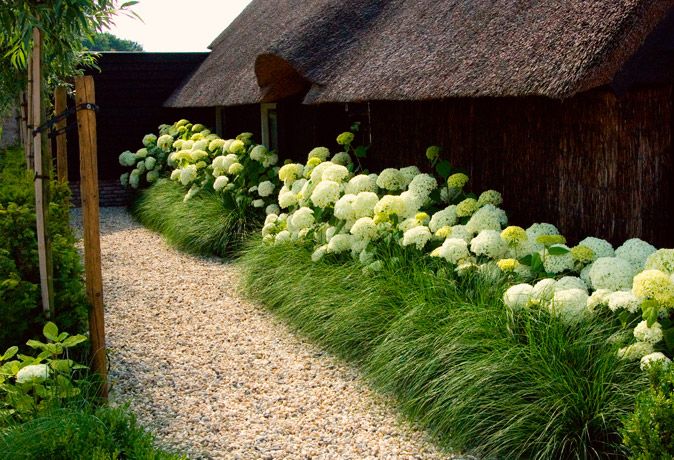
Conclusion
Hydrangeas are stunning flowers that can add beauty and color to any garden. By planting them with the right companion plants, you can create a truly stunning display. With so many different hydrangea varieties and companion plant options to choose from, you're sure to find the perfect combination for your garden.
Hydrangeas are beautiful flowers that can add a touch of elegance to any garden. But did you know that there are certain plants that can make hydrangeas even more stunning? These are known as hydrangea companion plants, and they can help to enhance the hydrangeas' color, size, and overall appearance.
Some of the best hydrangea companion plants include:
- Azaleas: These shade-loving shrubs bloom in a variety of colors, and they can help to bring out the best in hydrangeas.
FAQ of hydrangea companion plants
Q: What are some good companion plants for hydrangeas?
A: Hydrangeas are versatile plants that can be paired with a variety of other plants. Some good companion plants for hydrangeas include:
- Azaleas: Azaleas and hydrangeas have similar growing conditions and can be planted together in a shady spot. They also come in a variety of colors, so you can choose plants that complement each other.

- Ferns: Ferns add a touch of elegance to any garden and can be planted under hydrangeas to create a shady, moist environment.

- Hostas: Hostas are another shade-loving plant that can be paired with hydrangeas. They come in a variety of colors and leaf shapes, so you can find one that matches your hydrangeas.

- Daylilies: Daylilies are a bright and cheerful addition to any garden and can be planted in full sun or partial shade. They bloom for a long period of time, so they will add color to your garden all summer long.
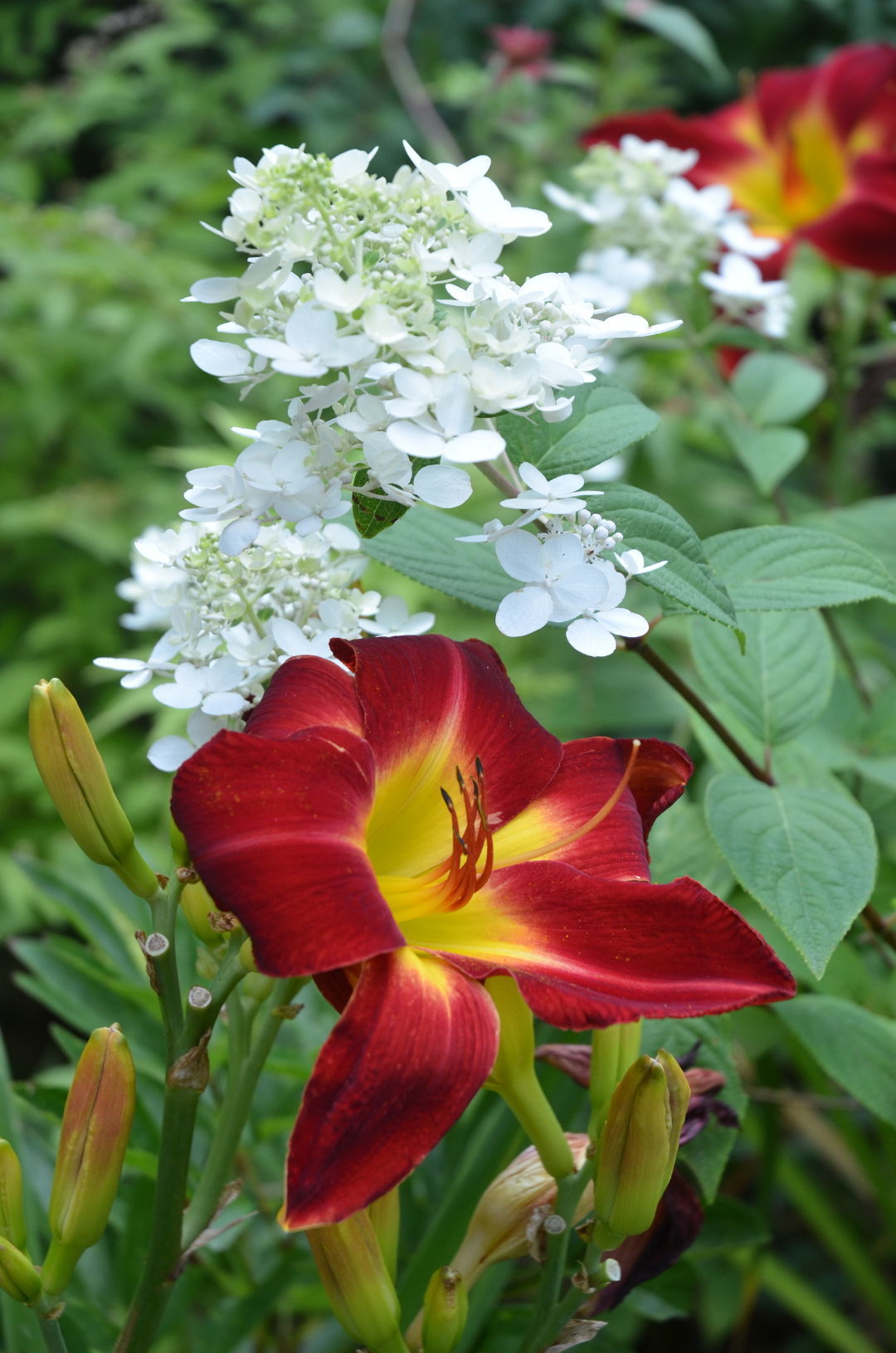
- Roses: Roses and hydrangeas are both beautiful flowers that can be planted together in a sunny spot. They have different water needs, so be sure to water them accordingly.
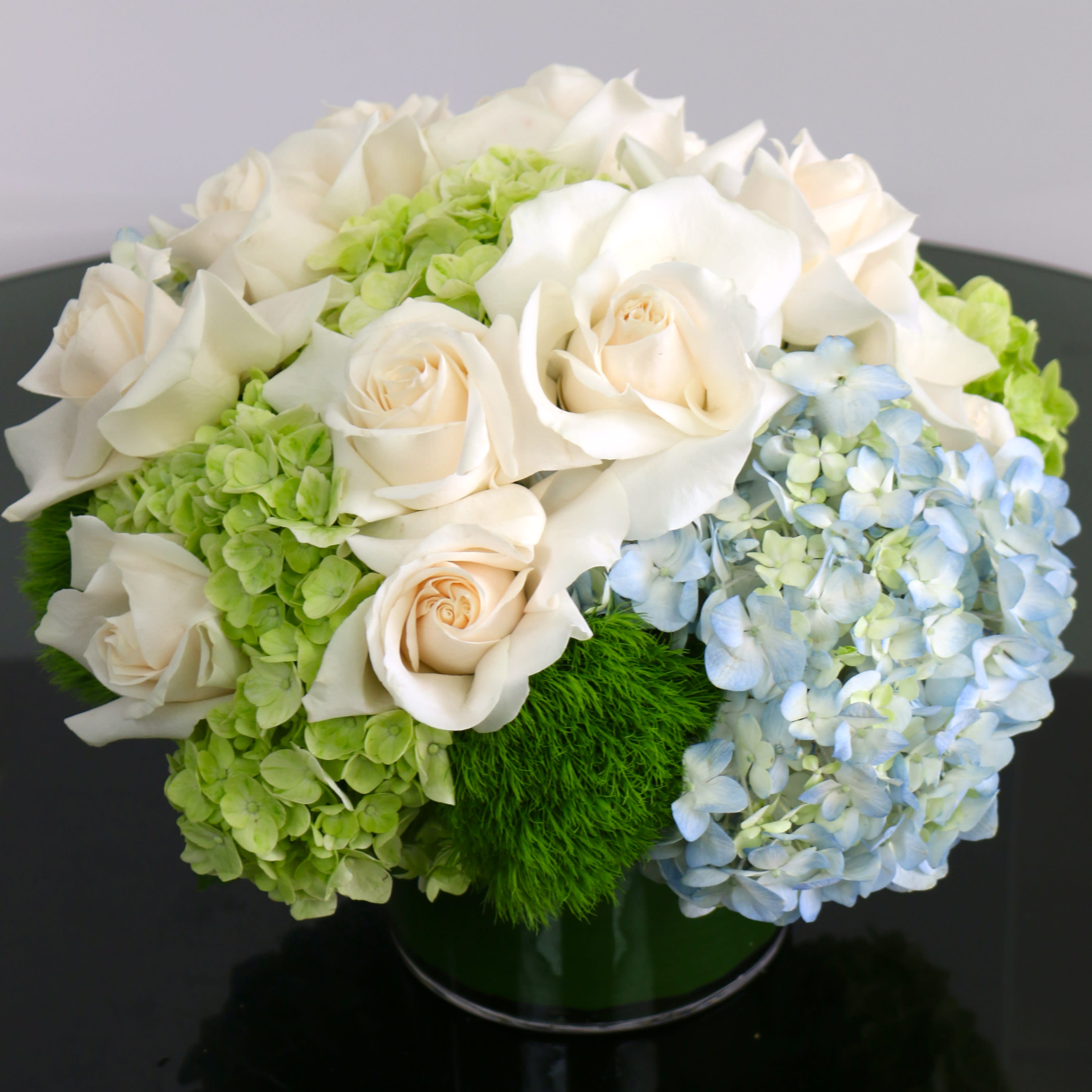
Q: What should I avoid planting with hydrangeas?
A: There are a few plants that you should avoid planting with hydrangeas, including:
- Magnolias: Magnolias and hydrangeas have similar water needs, but they have different soil pH requirements. Magnolias prefer alkaline soil, while hydrangeas prefer acidic soil.
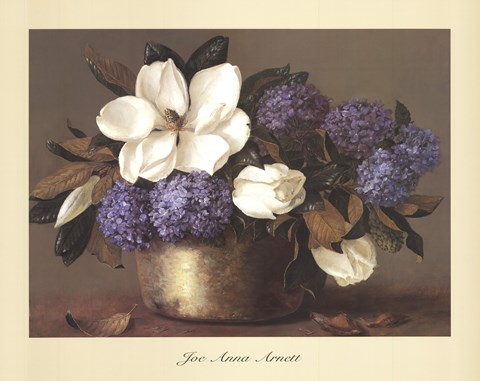
- Birches: Birches have shallow roots that can damage hydrangea roots.

- Maples: Maples can shade out hydrangeas and compete for water and nutrients.
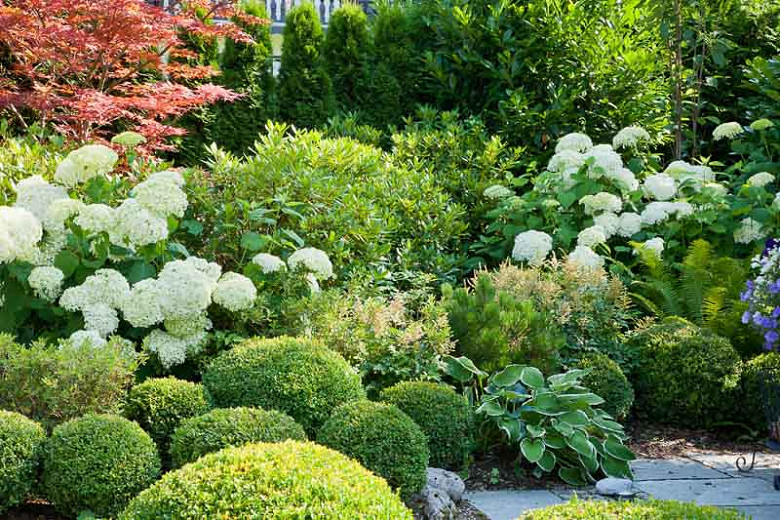
- Hollies: Hollies have dense foliage that can block sunlight from hydrangeas.

- Vines: Vines can grow over hydrangeas and smother them.
Q: How far apart should I plant hydrangeas and their companion plants?
A: The spacing requirements for hydrangeas and their companion plants will vary depending on the size of the plants. However, as a general rule of thumb, you should plant hydrangeas and their companion plants at least 3 feet apart. This will give the plants enough room to grow and spread without crowding each other.
Q: How can I care for hydrangeas and their companion plants?
The care requirements for hydrangeas and their companion plants will vary depending on the plants. However, some general tips for caring for hydrangeas and their companion plants include:
- Water regularly, especially during hot, dry weather.
- Fertilize in the spring and fall.
- Mulch around the plants to help retain moisture and suppress weeds.
- Prune as needed to maintain the desired shape and size of the plants.
- Protect the plants from pests and diseases.
Q: How can I propagate hydrangeas?
There are a few ways to propagate hydrangeas, including:
- Stem cuttings: Take stem cuttings in the spring or summer and root them in a moist, well-draining medium.

- Division: Divide mature hydrangeas in the spring or fall.

- Air layering: Layer a branch of a mature hydrangea in the spring or summer.

- Seeds: Sow hydrangea seeds in the spring.
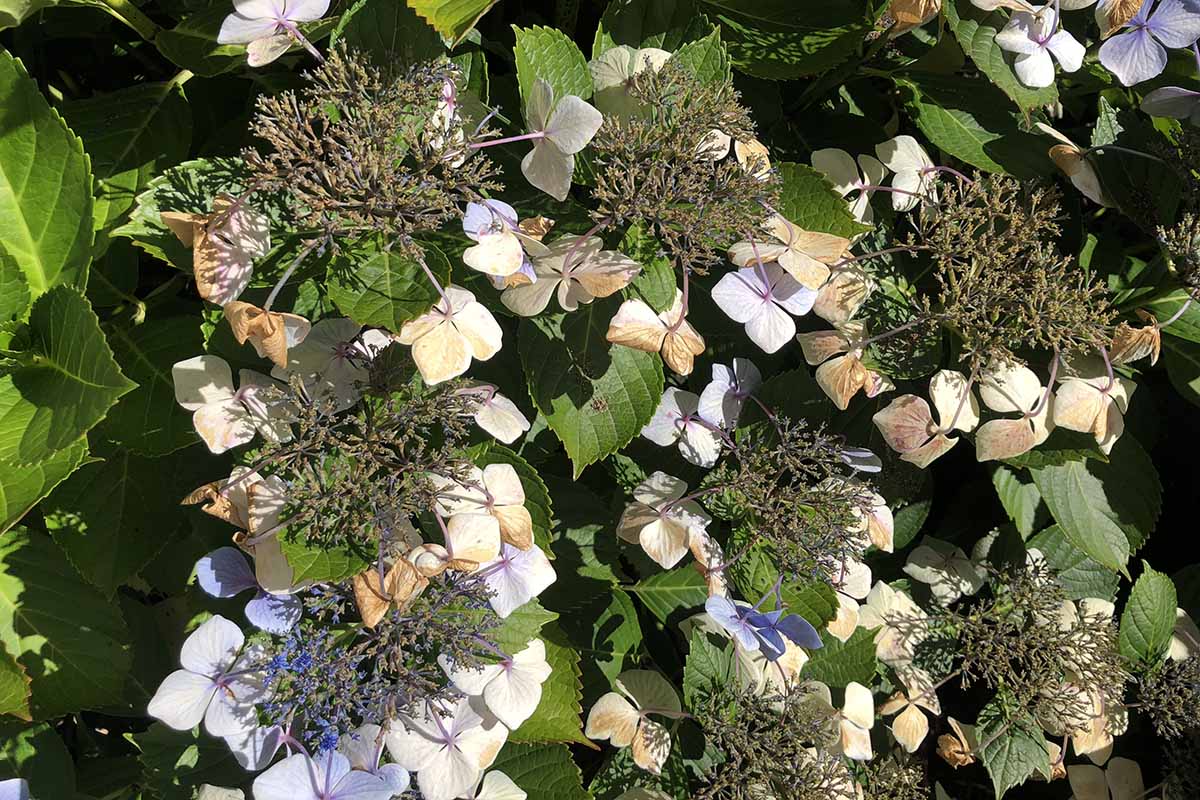
Image of hydrangea companion plants
Here are 5 different images of hydrangea companion plants:
- Hostas are shade-loving plants that can help to suppress weeds and provide a lush backdrop for hydrangeas.

- Astilbe is another shade-tolerant plant that blooms in a variety of colors, making it a great companion for hydrangeas.
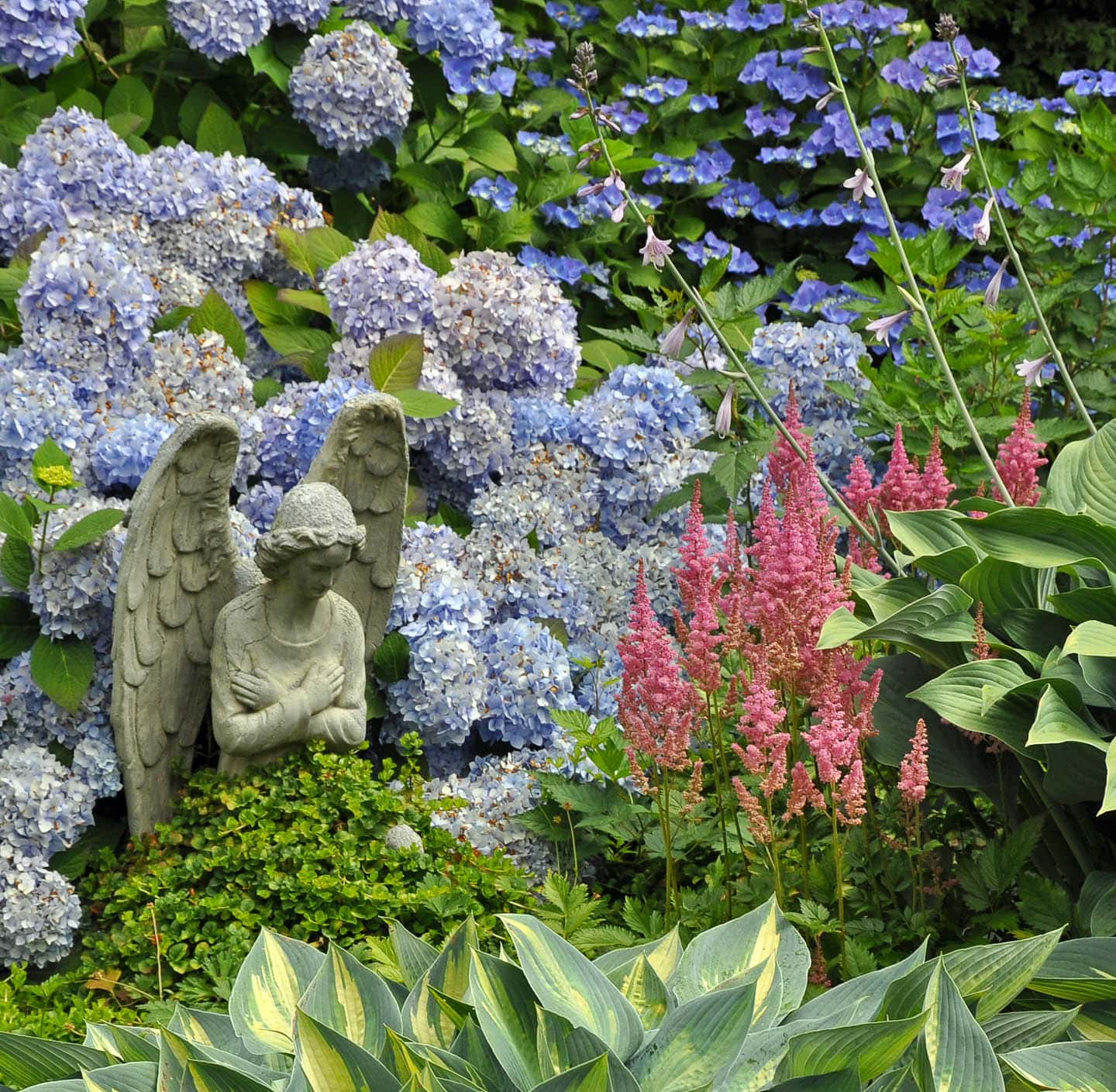
- Sedums are drought-tolerant plants that can help to add texture and interest to a hydrangea bed.
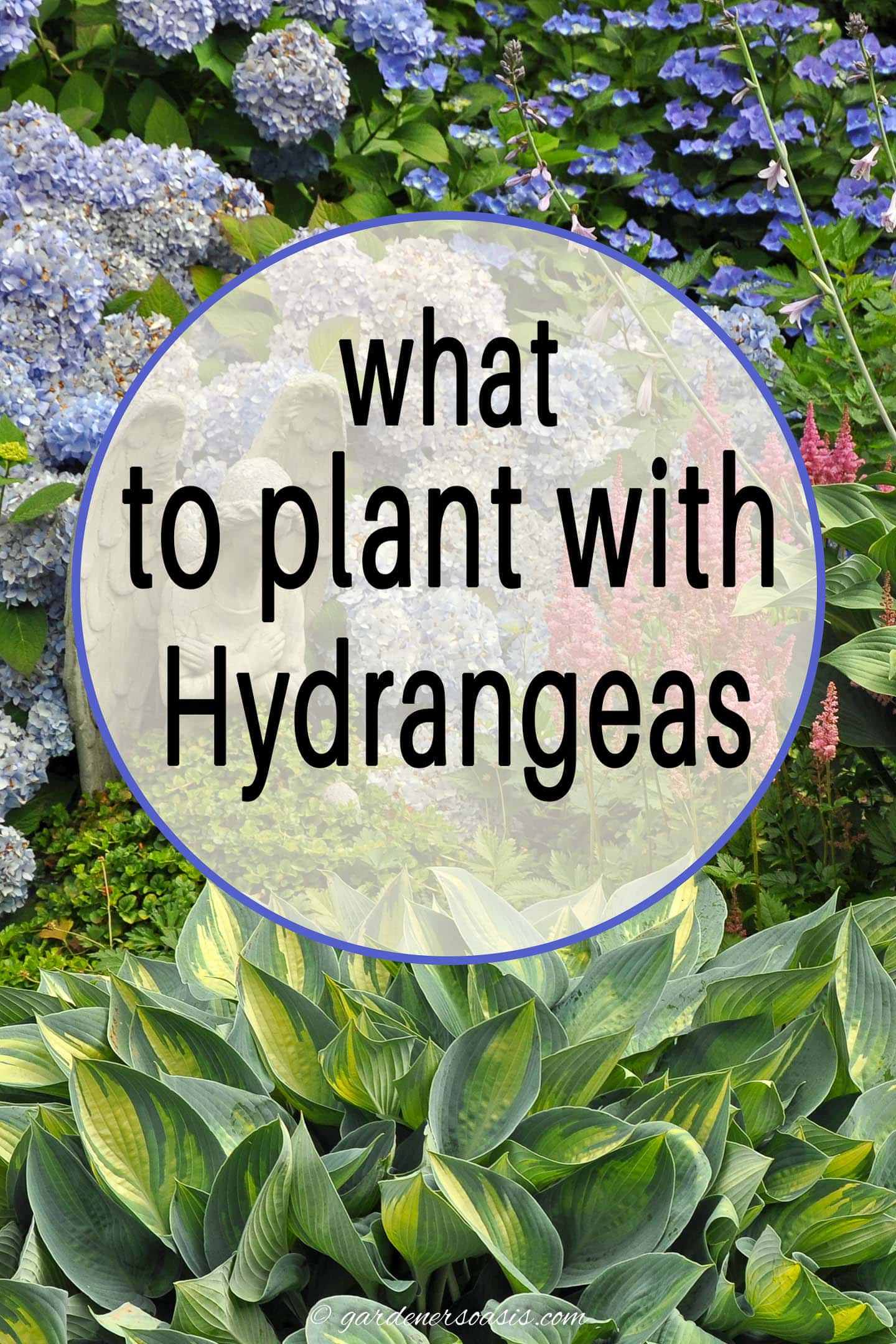
- Coral bells are deer-resistant plants that bloom in a variety of colors, making them a good choice for hydrangeas.

- Daylilies are sun-loving plants that bloom for several weeks in the summer, providing a colorful contrast to hydrangeas.
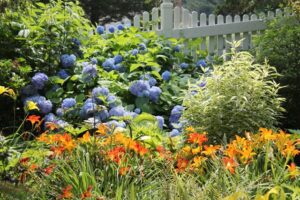
Post a Comment for " Stunning Hydrangea Companion Plants"